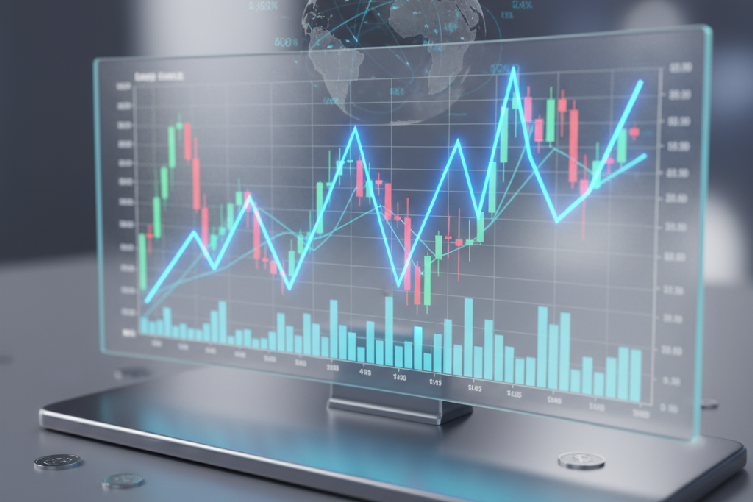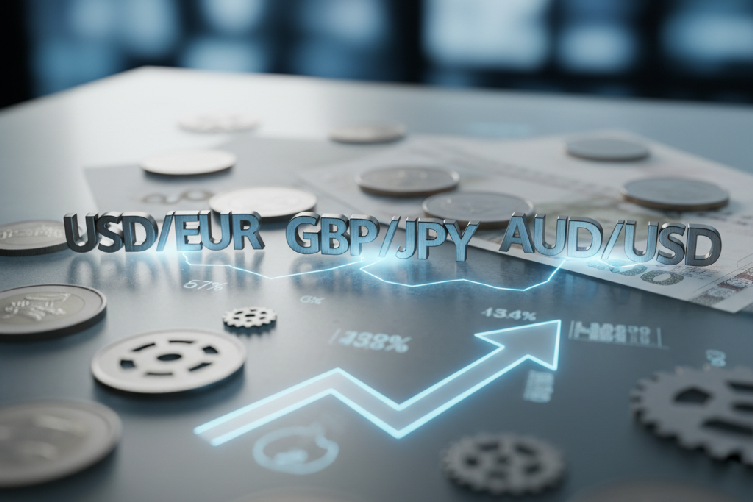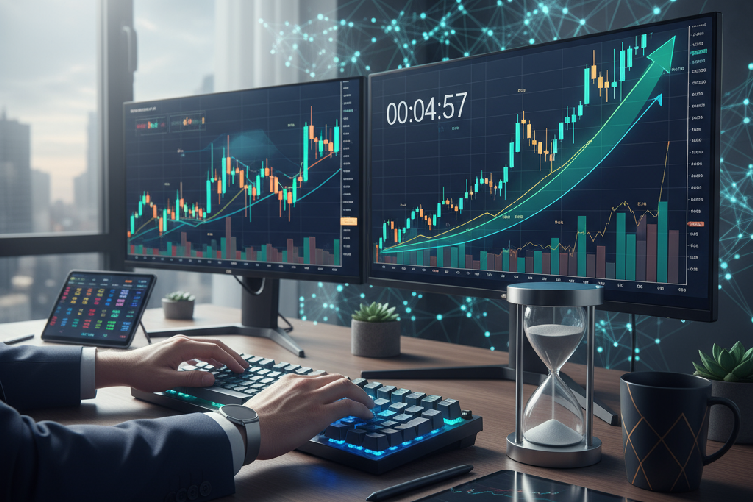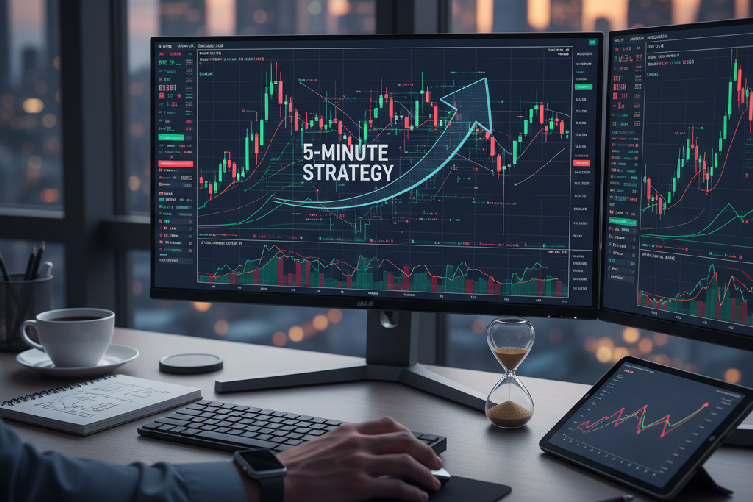
Introduction
Are you ready to elevate your forex trading strategy to a professional level? The ICT Fibonacci Retracement tool is a powerful technique that could revolutionize your approach to the markets. By blending institutional trading concepts developed by the Inner Circle Trader (ICT) with the classic Fibonacci sequence, this method offers traders a distinct advantage. Popular among discerning forex trading brokers and professional traders, it provides a refined perspective on price action and market structure.
This comprehensive guide will delve into the intricacies of ICT Fibonacci Retracement, covering its unique settings, critical levels, and practical application in forex trading. Whether you are a newcomer eager to learn advanced techniques or a seasoned trader aiming to refine your edge, this article will equip you with the knowledge to effectively integrate ICT Fibonacci Retracement into your trading arsenal.
What is ICT Fibonacci Retracement?
ICT Fibonacci Retracement, often called ICT fibs, is an advanced trading concept that merges institutional order flow analysis with the traditional Fibonacci tool. Developed by the influential trading mentor known as the Inner Circle Trader (ICT), this method has gained widespread respect within the forex community. The goal is to move beyond standard retail interpretations and align with the movements of “smart money.”
By modifying traditional Fibonacci levels and focusing on institutional price points, ICT Fibonacci Retracement provides a more accurate framework for identifying key support and resistance zones, potential market reversals, and high-probability trade setups.
Key Components of the ICT Approach:
- Institutional Order Flow: The core principle is to identify and trade in harmony with institutional order flow, which is believed to be the primary driver of significant market moves.
- Modified Fibonacci Levels: Unlike the standard tool, ICT fibs utilize specific levels tailored to institutional trading patterns, including the crucial “Optimal Trade Entry” (OTE) zone.
- Market Structure Analysis: The technique places immense importance on understanding the current market structure—whether it’s bullish or bearish—and identifying key swing highs and lows.
- Price Action Confirmation: A valid setup is not just about price reaching a certain level. ICT methodology demands confirmation through specific price action patterns, helping to filter out false signals and improve trade quality.
- Focusing on Higher Timeframes: Aligning with the longer-term perspective of institutional decision-making.
- Identifying Key Swing Points: Locating significant highs and lows where institutional liquidity is likely concentrated.
- Incorporating Order Blocks: Using these key zones of institutional buying or selling as targets for price retracements.
- Adapting Fibonacci Ratios: Fine-tuning the levels to create the Optimal Trade Entry (OTE) concept.
- 1 (100%): The beginning of the price swing.
- 0 (0%): The end of the price swing.
- 0.62 (62%): The entry point into the Optimal Trade Entry zone.
- 0.705 (70.5%): Considered the OTE “sweet spot”—a high-probability reversal point.
- 0.79 (79%): The deepest level within the OTE discount/premium zone.

The Theory Behind ICT Fibonacci Retracement
To grasp the efficacy of ICT Fibonacci Retracement, it’s essential to understand its foundations. The tool is built upon the Fibonacci sequence (0, 1, 1, 2, 3, 5, 8…), from which the “golden ratio” (1.618) and other key ratios (0.618, 0.382) are derived. For decades, traders have used these ratios to predict potential retracement and extension levels.
ICT’s Institutional Perspective
The Inner Circle Trader’s innovation was to adapt this classic tool to reflect institutional behavior. This involves:
By combining these institutional insights with Fibonacci analysis, traders can pinpoint retracement zones with much higher precision. The OTE is the cornerstone of this technique, representing the price pocket where institutional traders are most likely to re-enter the market to continue a trend.
Critical ICT Fibonacci Levels and Settings
The power of this tool lies in its specific settings. When applying the Fibonacci Retracement tool on your chart, the key ICT levels to focus on are:
The area between the 62% and 79% levels is the Optimal Trade Entry (OTE) zone. For a long position, this zone represents a “discounted” price. For a short position, it represents a “premium” price to sell at.
Practical Application in Forex Trading
Here is a step-by-step process for applying ICT Fibonacci Retracement:
Conclusion
The ICT Fibonacci Retracement is more than just another technical indicator; it’s a complete methodology for viewing and trading the market through an institutional lens. By focusing on market structure, institutional price points, and the Optimal Trade Entry zone, traders can significantly increase the probability and precision of their trades. While it requires patience, practice, and discipline to master, integrating this powerful tool from the Inner Circle Trader can provide a definitive edge in the competitive world of forex trading.









 This simplification allows traders to focus on the most meaningful trends and patterns within the forex market.
This simplification allows traders to focus on the most meaningful trends and patterns within the forex market.






 Enter the Non-Farm Payrolls report, the granddaddy of economic indicators! What’s the big deal? The NFP report gives us a snapshot of the US job market, excluding farm workers and a few other categories. It’s like taking the pulse of the world’s largest economy. Sounds important, right? You bet it is!
Enter the Non-Farm Payrolls report, the granddaddy of economic indicators! What’s the big deal? The NFP report gives us a snapshot of the US job market, excluding farm workers and a few other categories. It’s like taking the pulse of the world’s largest economy. Sounds important, right? You bet it is!